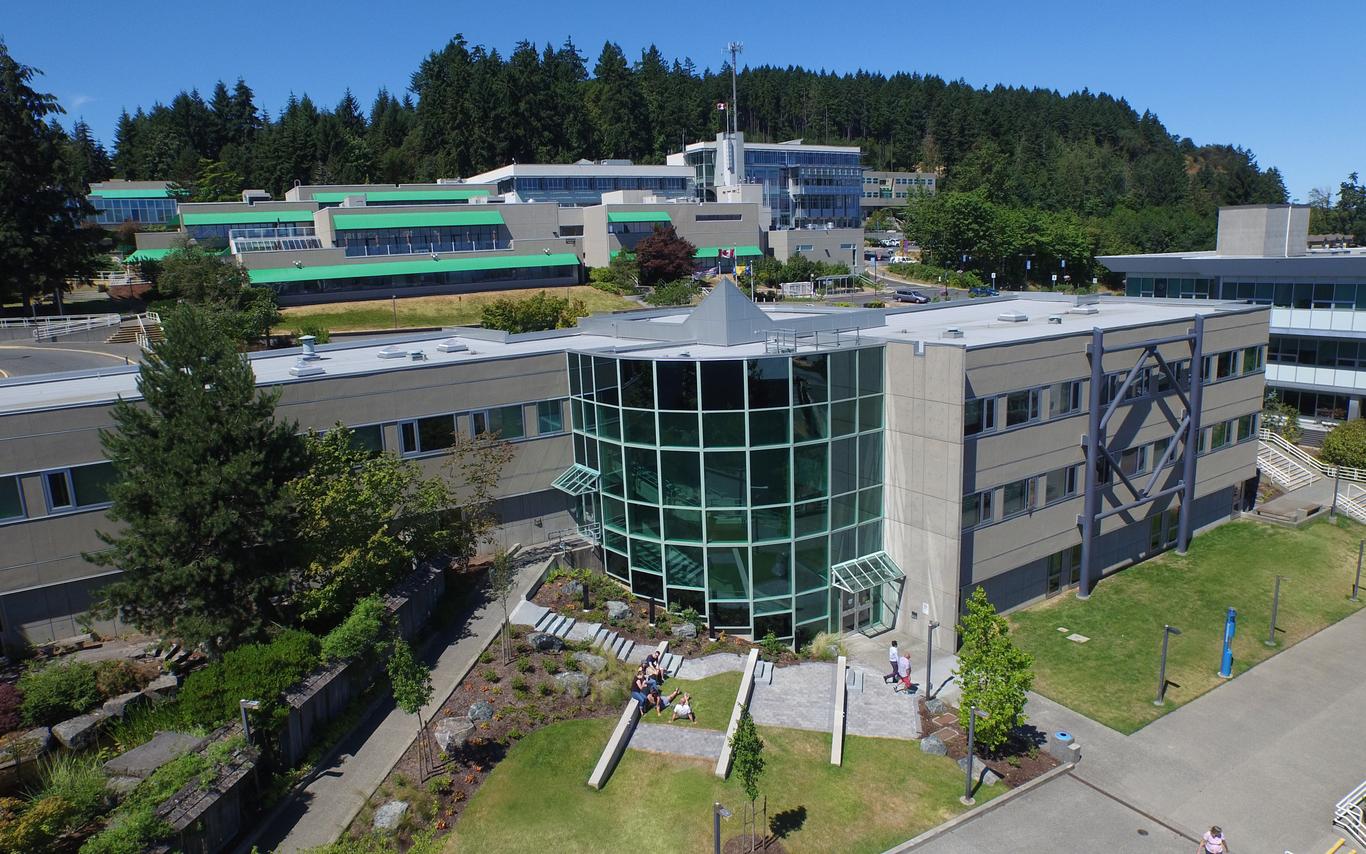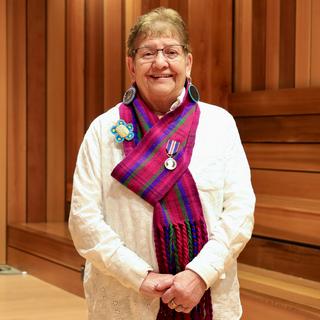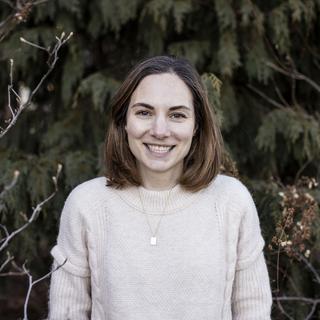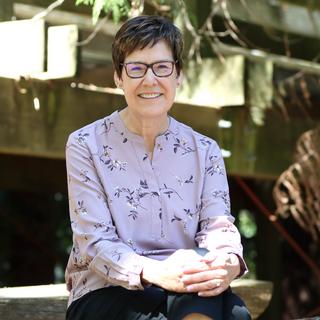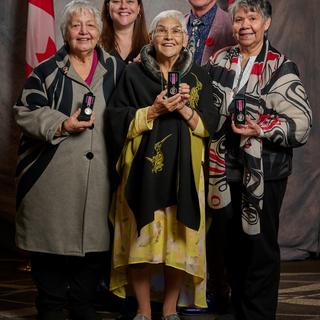Wilson Williams (Sxwíxwtn), a Squamish Nation Councillor and Spokesperson, will deliver the keynote presentation during VIU’s eighth Indigenous Speakers Series.
Wilson Williams (Sxwíxwtn), a Squamish Nation Councillor and Spokesperson, will deliver the keynote address at VIU’s Indigenous Speakers Series event on March 20.
Wilson Williams (Sxwíxwtn) grew up without knowledge of his culture or history.
His parents, both residential school survivors, did not talk about any element of their First Nations background and it wasn’t until Sxwíxwtn was in his twenties that he began to get more connected to his Nation and cultural roots.
One aspect of history that Sxwíxwtn, now a Squamish Nation councillor and spokesperson, learned about was the fate of the Nation’s traditional village in what is now downtown Vancouver. Called Sen̓áḵw, which means “the place inside the head of False Creek,” this was where his great-grandfather had lived.
In 1867, when First Nations were put on reservations, 88 acres were allocated to the Nation at Sen̓áḵw. As the City of Vancouver continued to grow, the reservation got smaller and smaller until in 1913, the last families to live there were forcibly taken out of their homes, put on a barge and set adrift in English Bay, their homes burned behind them.
It is this story that Sxwíxwtn will share during Vancouver Island University’s (VIU’s) eighth annual Indigenous Speakers Series on Tuesday, November 29, as well as the fight to get that land returned and how the Nation is using it to contribute to the future prosperity and well-being of its people.
“My great grandfather and Sḵwx̱wú7mesh lawyers, environmentalists and activists fiercely fought for decades to have these lands rightfully returned to our Nation,” said Sxwíxwtn. “Building upon this momentum, new generations of Sḵwx̱wú7mesh leaders are now stepping up to build a new Senakw village that will house our people again and help our Nation achieve greater financial independence and resilience.”
After being set adrift in 1913, the barge occupants were found by a tugboat operator, who towed them to the North Shore to live on Squamish Nation reserves there. The surviving families passed the story of what happened down to future generations and in the 1970s, the Squamish leadership at the time began to look at what could be done about it. A court case was launched and in 2003, the court ruled the BC government had to return 10 acres of the original 88 acres to the Nation.
To maximize the value of the land, the Nation decided to focus on a development that would not only house its people, but also generate wealth to benefit the generations to come. On the Sen̓áḵw lands at the foot of the Burrard Street Bridge, the Squamish Nation’s development includes more than 6,000 rental homes, of which more than 1,200 will be affordable homes – making it the largest First Nations economic development project in Canadian history. It also aims to be the largest net-zero carbon residential project in Canada.
“We hope this development inspires more Indigenous governments to start their own economic development projects,” said Sxwíxwtn. “These projects allow them to re-establish their presence in their territories, provide high-paying, secure jobs for their people and achieve economic self-determination.”
Sxwíxwtn will deliver his talk on Monday, March 20 starting at 6:30 pm in the Malaspina Theatre on VIU’s Nanaimo campus. People can also tune in online via Zoom webinar. This free event will be moderated by Nahlah Ayed, host of CBC Radio’s Ideas, who will be hosting a live Q&A period following the talk. Free parking is available in Lot G from 5 to 9 pm. Register on Eventbrite.
For more information, visit the Indigenous Speakers Series homepage.
-30-
Media Contact:
Jenn McGarrigle, External Communications Manager, Vancouver Island University
C: 250.619.6860 | E: Jenn.McGarrigle@viu.ca | T: @VIUNews
